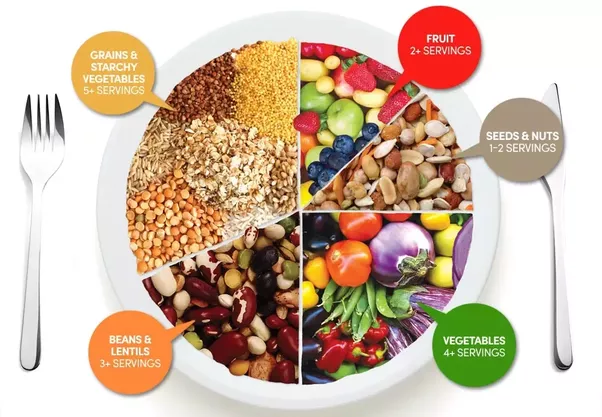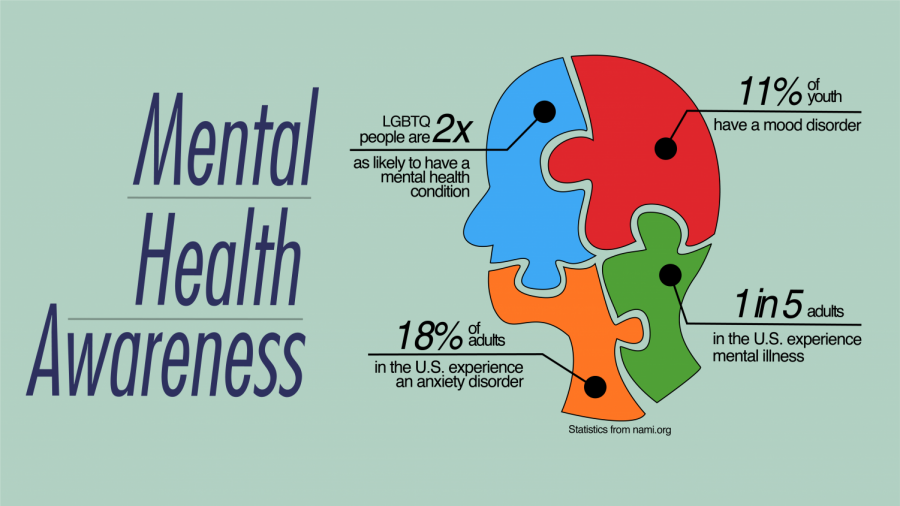
Women are usually the caregivers- they “take care” of everybody and everything, but themselves! Statistics show that women who lead healthy lifestyles receive the maximum return when investing in themselves, that is they look good, they feel good, they exude confidence and there more productive in everything they do. Everyone around them benefits! Aren’t all women worth the investment? Don’t believe the myth, there are misconceptions that healthy living is too time-consuming or too difficult to manage. Maintaining a healthy lifestyle only means making healthy lifestyle choices which translates into tweaking or eliminating bad habits and transforming them into good ones.
Let’s have a look at some good habits, but first here are few great links that help empower women to live healthy lives
Online Health & Fitness:http://www.dietandfitnesstoday.com/rda.php Women Health: http://www.womenshealth.gov/ Doctor Oz: http://www.doctoroz.com/ Dietary Supplement Fact Sheet: http://ods.od.nih.gov/factsheets/list-all// USDA: http://fnic.nal.usda.gov/ WebMD: http://www.webmd.com/default.htm RDA Vitamines: https://www.consumerlab.com/RDAs/ Self-Nutrition Data: http://nutritiondata.self.com

Balanced Diet
The first step towards a healthy lifestyle is maintaining a balanced diet. This starts with choosing a variety of foods and drinks from all the daily recommended food groups. It also includes eating certain foods in moderation, namely saturated fat, trans fat, cholesterol, refined sugar, salt and alcohol. Remember you are what you eat. The goal is to take in nutrients you need for health at the recommended levels http://fnic.nal.usda.gov/
One of the most important things a woman can do to protect herself from various diseases is to eat a healthy diet. Whether or not you have a family history of cancer, diabetes or heart disease what you eat and how much you eat can help combat or reduce your risk.
Don’t believe the myth that maintaining a healthy diet is too expensive: In comparing the cost of foods by weight or portion size, the Department of Agriculture found that grains, vegetables, fruit and dairy foods are less expensive than most meats or foods high in saturated fat, added sugars or salt- that means bananas, carrots, lettuce and beans are all less expensive per portion than French fries, soft drinks, ice cream or ground beef.
Eat smart, incorporate healthy habits into your food and meals
- Use low-fat cooking methods like roasting, baking, broiling, steaming or poaching instead of frying
- Cook with olive oil instead of butter
- Make water your primary beverage during meals
- Minimize starches, carbohydrates turn to sugar in our bodies to be used for energy and when there is not enough insulin to allow the sugar into our cells it builds up in our blood. This over time can cause all kinds of health problems and diseases
- Instead of grabbing junk food for snacks grab some mix nuts, popcorn, fruit or yogurt
- Add fruit high in antioxidants to your yogurt such a berries, almonds pomegranate, and kiwis. Not only is this healthy but tasty!
- Add flaxseed to your salads and use oil and vinegar for your dressing
- Choose whole grains such as whole grain rice, bread pastas over processed (refined) grains and sugars
- Juicing and smoothies are a great way to add more fruit and vegetables into your diet
- Use evaporated (skim or whole) milk instead of higher-fat cream in baked goods, sauces and soups
- Watch your portion sizes
- Reduce the frequency if eating out
- Make water your primary beverage. Read about the 11 benefits of water, you will be amazed! http://www.mangosteen-natural-remedies.com/benefits-of-drinking-water.html

Mental Heath
A healthy lifestyle entails maintaining a positive state of mind. Women are naturally emotional, what we think and feel affects every aspect of our lives including our internal bodily functions. If the brain is not functioning well, neither can the body. For example, when life is stressful, we react in different ways. Some women see this as a challenge to defy all odds and others crumble under the pressure. It’s reported that 90% of all doctor’s visits are due to stress-related ailments and stress-related disorders (Joan Steiner, 2002). Let’s have a look at some tools that can help recharge the mind, extend life and improve the quality of living in immeasurable ways.
- Believe in the power of “you”- all women have their own unique talents, skills and abilities that make them extraordinary
- Pray, Pray, Pray, how many of you can attest to “prayer changes things”
- Read the bible an meditate on its words- everything we seek answers to can be found in scripture
- Don’t be too prideful to seek professional help when needed, its perfectly ok
- Slow down, manage your time- Rome was not built in a day
- Relax, take some “me” time
- Follow the golden rule
- Forgive, even if it hurts
- Eliminate fear it minimizes your ability to reach your full potential.
- Stand for something
- Don’t be so overcritical of yourself- that’s what you haters do best
- Give back to the community
- Engage in relationships that are healthy and eliminate those that drain your spirit and your resources
- Accept help and support from those who care about you
- Maintain healthy personal and professional boundaries
- Learn to say no

Annual Physical Check Up
Although we may feel fairly well and appear healthy on the outside, some diseases and illness are hidden in our bodies which are either neglected or not recognized. Thus it is imperative the every woman have an annual physical check up to verify that all the mechanisms in their body are functioning properly. Which exams and screenings you need depends on your age, health, family history, and lifestyle choices such as what you eat, how active you are, and whether you smoke. Let’s take a look at a routine exam checklist for women.
- Blood Pressure: A test to detect Hypertension and Hypotension. Your blood pressure should be checked during every doctor’s visit. Untreated high blood pressure can lead to a greater risk for stroke, heart attack, or other heart damage. Optimal blood pressure is less than 120/80. Hypotension is the medical term for low blood pressure (less than 90/60). The first and higher of the two numbers is a measure of the pressure in the arteries when the heart beats and fills them with blood. The second number measures the pressure in the arteries when the heart rests between beats.
- Height: Significant loss of height can indicate the acceleration of osteoporosis. Height is lost as a result of compression of the spinal cord.
- Weight: Weight should be checked during every doctor’s visit. Significant weight loss or gain without trying can signify serious health problems. Weight gain can mean fluid retention or perhaps heart, liver or kidney disease. Weight loss could indicate infection or cancer.
- Pap Smear: A test to retrieve a cervical cell sample. This test should be done every year. A Pap smear does not diagnose cancer or any other disease. It is a screening tool that indicates whether further evaluation is necessary. In the unlikely event that your Pap results come back abnormal, do not immediately jump to the conclusion that you have cancer. Your gynecologist may recommend a follow-up Pap test in three to six months or other options for further testing such as colposcopy (http://www.webmd.com/search/search_results/default.aspx?query=colposcopy)Blood Work: Yearly blood work should include a blood count to rule out any bleeding problems, glucose levels to detect diabetes, thyroid function tests to rule out any thyroid disorder, and blood electrolyte counts, which can detect kidney problems and early heart problems. Depending on your family history, your doctor may include additional lab test.
- or the LEEP may also be recommended. http://www.webmd.com/cancer/cervical-cancer/loop-electrosurgical-excision-procedure-leep-for-abnormal-cervical-cell-changes). Most abnormal Pap smears, are not cervical cancer, but one of a variety of other causes that include inflammation, the presence of blood or sperm, or an infection such as a vaginal yeast infection or bacterial vaginitis and sometimes the presence of an undiagnosed sexually transmitted diseases.
- Pelvic Exam: A way for doctors to look for signs of illness in organs in a woman’s body before, during, and after menopause. The exam is used to look at a woman’s Uterus (the womb), Cervix (opening from the uterus to the vagina, Fallopian tubes (tubes that carry eggs to the womb), Ovaries (glands that produce eggs), Bladder (the sac that holds urine) and the Rectum (the chamber that connects the colon to the anus).
- EKG: It is recommended that a baseline EKG be done for women around age 50 it should then be done at least every two to three years or more often if necessary.
- Fecal Occult Blood Test: This test should also be done yearly. Blood in the stool can be an early indication of colorectal cancer.
- Flexible Sigmoidoscopy/Colonoscopy: The recommendation is that a sigmoidoscopy be done every four years or a colonoscopy every two years for anyone with a higher risk of colorectal cancer. The Sigmoidoscopy test is a look at the inner lining of your anus, rectum, and the lower part of the large intestine (colon). A Colonoscopy is used to screen for colorectal abnormalities, including cancer and precancerous conditions.
- Mammogram: Yearly mammograms should begin at age 40. During the checkup, the doctor should perform a clinical breast exam. Monthly self breast exams should also be done. Early detection is key: Breast cancer affects 1 in 8 women during their lives, and many of us know someone — a mother, grandmother, aunt, sister, friend who has or had it. It is the second-leading cancer killer of women in the United States, next to lung cancer. Thanks to screening, breast cancer often can be detected in the early stages, when the chance of successful treatment is best. In fact, many women are even cured of the disease.
- Measurement of the Bone Density: Every 2 years is usually standard unless you have a family history of osteoporosis. A bone density scan gives you a T-score that helps determine whether you’re at risk for fractures. A T-score compares your bone density to the bone density of a healthy, young adult woman. A T-score of -2.5 or lower is defined as osteoporosis. The lower the score, the greater your fracture risk can be

